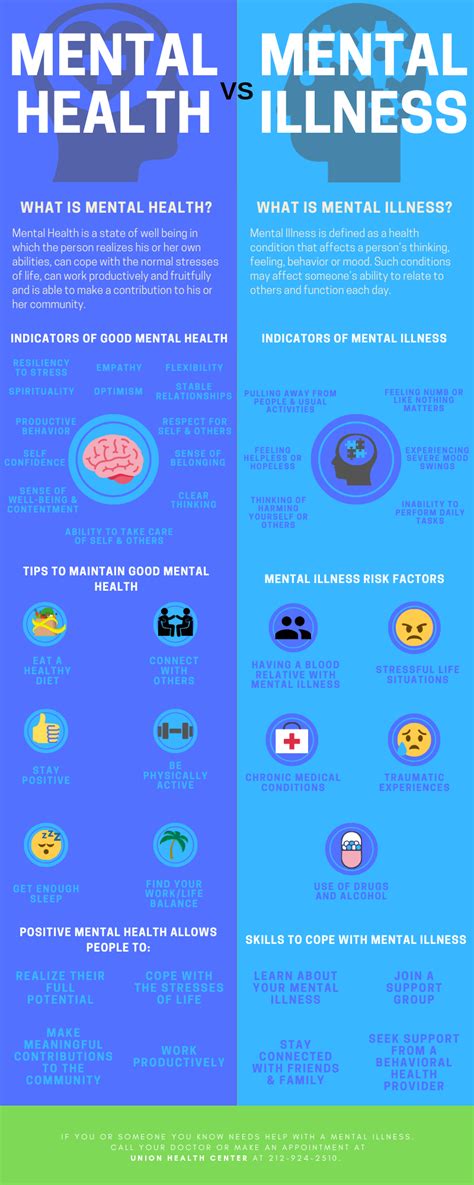Introduction
Mental health has become a pressing issue in today’s society, with 1 in 5 adults experiencing a mental health disorder each year. The stigma surrounding mental illness, the lack of access to affordable care, and the shortage of qualified mental health professionals further compound the severity of the problem. This article will delve into the alarming statistics of mental health, explore the disparities between awareness and reality, and provide actionable steps towards a more compassionate and supportive mental healthcare system.

Mental Health: A Global Crisis
According to the World Health Organization (WHO), mental disorders affect over 970 million people worldwide, with depression and anxiety being the most common. These conditions can manifest in various ways, from feelings of sadness and hopelessness to persistent worry and agitation.
The Staggering Statistics:
- 1 in 8 people globally experiences a mental health disorder during their lifetime.
- Depression is the leading cause of disability worldwide and a major contributor to the burden of disease.
- More than 700,000 people die by suicide each year, making it the fourth leading cause of death among 15-29 year-olds.
- Mental health disorders cost the global economy over $2.5 trillion annually in lost productivity and treatment expenses.
Awareness vs. Reality: A Disconcerting Divide
While mental health awareness has increased in recent years, there remains a significant gap between awareness and reality. Many people continue to struggle with mental health issues in silence, facing stigma and discrimination.
Barriers to Accessing Care:
- Cost: Mental health services can be expensive, making them inaccessible for many individuals.
- Lack of qualified professionals: There is a severe shortage of mental health professionals, particularly in underserved communities.
- Insurance coverage: Many health insurance plans do not provide adequate coverage for mental health treatment.
- Stigma: The shame and discrimination associated with mental illness prevent many from seeking help.
Consequences of Unmet Needs:
- Increased risk of chronic health conditions: Mental health disorders can exacerbate physical health problems, such as heart disease, diabetes, and obesity.
- Impact on employment and academic performance: Mental illness can impair cognitive function, productivity, and social interaction.
- Social isolation: People with mental health disorders often experience feelings of loneliness and isolation, which can worsen their condition.
- Higher risk of suicide: Unmet mental health needs increase the risk of suicide, a preventable tragedy that devastates individuals, families, and communities.
Bridging the Gap: Towards a Comprehensive Solution
To address the mental health crisis, a comprehensive multi-faceted approach is required. Here are some essential steps:
Education and Awareness:
- Promote mental health literacy through educational campaigns and public health initiatives.
- Encourage open conversations about mental illness to reduce stigma and encourage seeking help.
Improved Access to Care:
- Invest in training and recruitment of mental health professionals.
- Increase funding for mental health services, including community-based programs and telehealth options.
- Implement policies that expand health insurance coverage for mental health treatment.
Support and Empowerment:
- Provide peer support and self-help resources to empower individuals with mental health conditions.
- Foster a culture of compassion and acceptance towards people with mental illness.
- Promote workplace wellness programs and mental health support for employees.
Strengthening Partnerships:
- Collaborate between healthcare providers, social service agencies, and community organizations to provide a comprehensive and integrated approach to mental healthcare.
- Involve mental health advocates and consumers in policy-making and service planning.
Key Considerations for a Sustainable Solution:
- Equity and inclusion: Ensure that mental health services are accessible to all individuals, regardless of socioeconomic status, race, gender, sexual orientation, or disability.
- Innovative solutions: Explore the use of technology, such as virtual reality and artificial intelligence, to expand access to mental healthcare.
- Long-term investment: Sustained funding and commitment are crucial for developing a robust and resilient mental healthcare system.
Conclusion
The mental health crisis is a global challenge that requires immediate action. While there has been some progress in raising awareness, there remains a significant gap between knowledge and reality. By implementing comprehensive solutions that prioritize education, access, support, and partnership, we can create a society where everyone can thrive mentally and emotionally. The path to better mental health is within our reach. Let us work together to bridge the gap and ensure that everyone has the opportunity to live a fulfilling and meaningful life.
FAQs
-
What are the most common mental health disorders?
– Depression, anxiety, bipolar disorder, schizophrenia, and obsessive-compulsive disorder are some of the most common mental health disorders. -
Why is it important to address mental health?
– Mental health disorders can have a significant impact on individuals’ lives, including their physical health, relationships, and ability to work and function in society. -
What are the signs and symptoms of mental illness?
– Signs and symptoms of mental illness can vary depending on the specific disorder, but may include changes in mood, behavior, thinking, or physical health. -
How can I help someone with a mental health disorder?
– Offer support, listen without judgment, and encourage the person to seek professional help if necessary. -
What are some resources for getting help with mental health?
– There are many resources available to help people with mental health disorders, including mental health clinics, support groups, and online resources. -
How can I reduce the stigma surrounding mental illness?
– Talk openly about mental health, challenge misconceptions, and support organizations that promote mental health awareness. -
What are some ways to improve mental health?
– There are many things you can do to improve your mental health, such as exercising, eating healthy, getting enough sleep, and practicing mindfulness. -
How can I find a mental health professional?
– You can find a mental health professional by asking your doctor for a referral, searching online, or contacting your local mental health clinic.





















